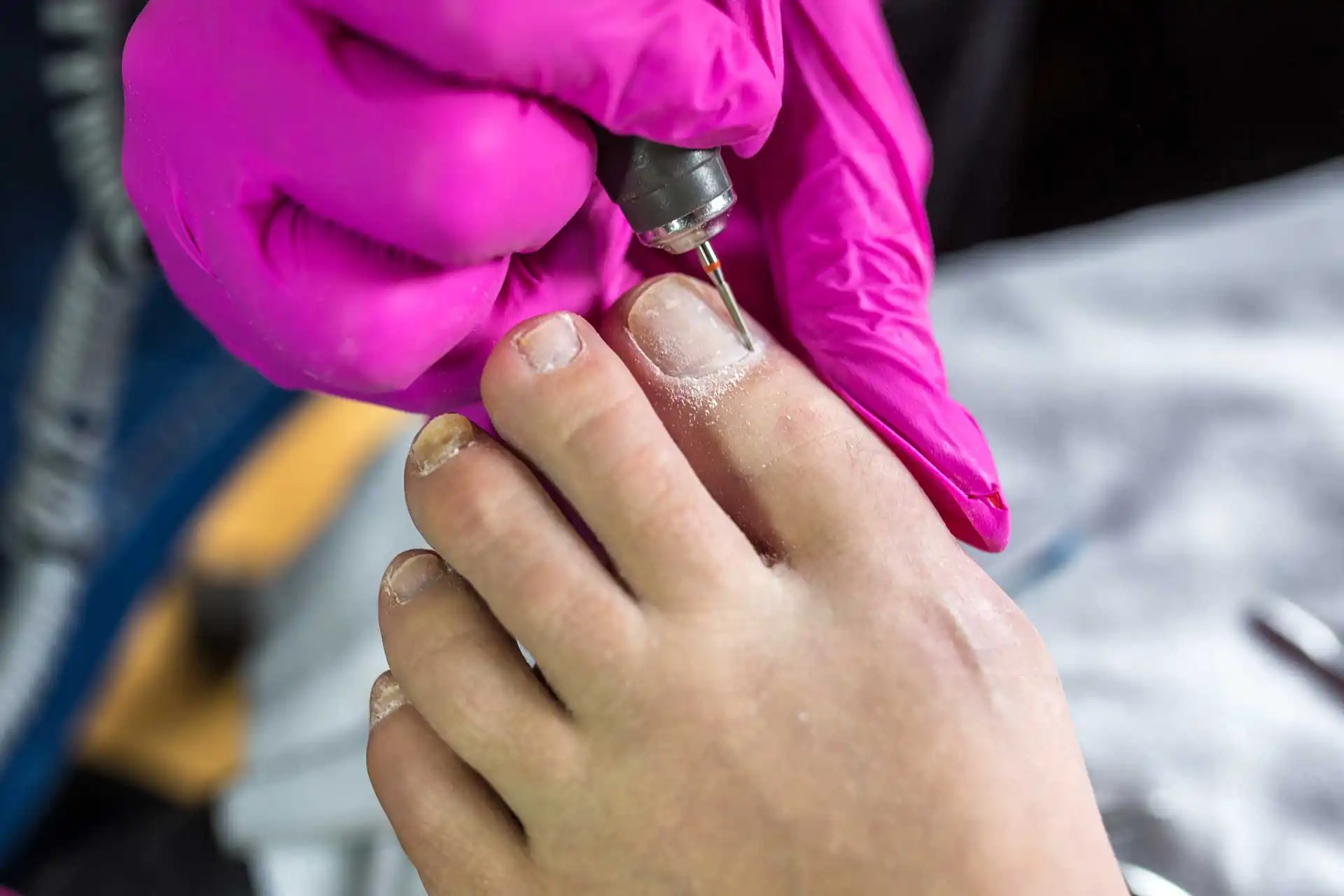
CONDITIONS
An ingrown toenail occurs when the edge of a toenail, typically the big toe, curves and grows into the surrounding skin. This can cause pain, redness, swelling, and even infection.
A podiatrist can treat ingrown toenails using a variety of methods, depending on the severity of the condition. Here are some common approaches:
TESTIMONIALS
Trustindex verifies that the original source of the review is Google. I went to vine podiatry on 14th January 2025 and from the moment I went through the door I was put at ease. I have type 2 diabetes and Adam had the most up to date equipment and was very knowledgable, I would definitely recommend him.Load more